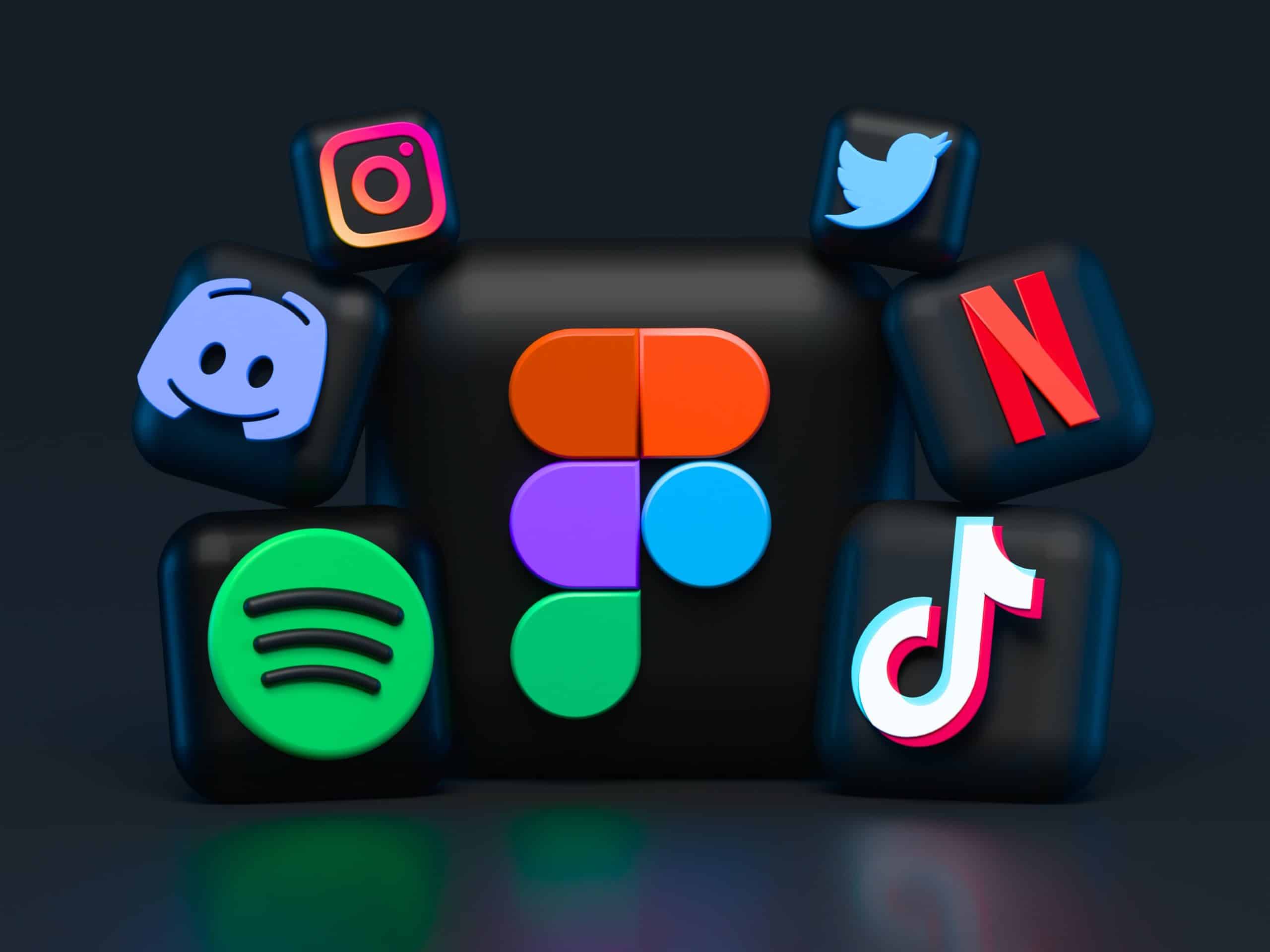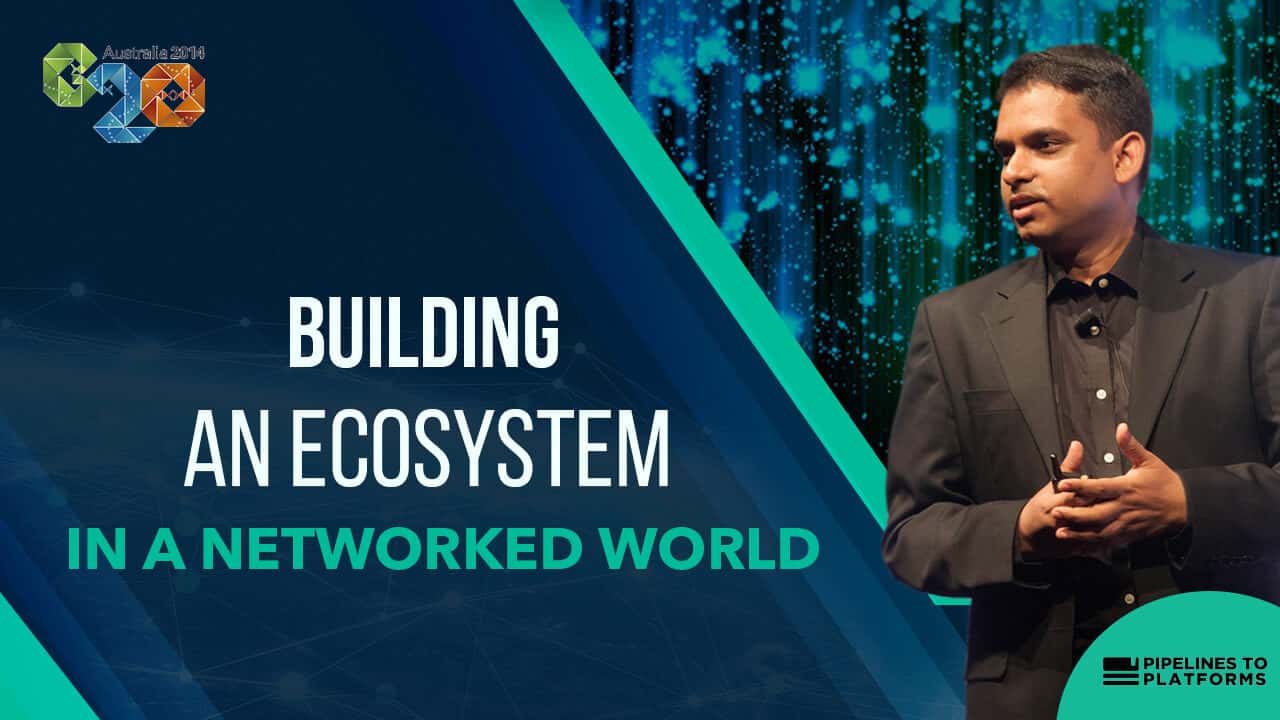Growth
Incentives: How To Engineer User Growth and Virality
How to use producers to seed the platform – Leveraging content creators to drive growth and engagement in platform ecosystems
One of the factors that make or break an early stage startup is its ability to acquire users cost-effectively. Startups are increasingly innovating around their user acquisition strategies to acquire users through viral mechanics in the hope of reaching the all-important critical mass without having to spend a fortune.
Most viral acquisition is built around incentives. Users are incentivized either explicitly (with a clear dangling carrot) or implicitly (through product mechanics) to invite other users.
There are various forms of incentives that prompt users to invite other users based on the value that the user receives:
Network Value
This is especially true of communication platforms (Skype) and platforms that are based on social connections (Facebook, LinkedIn). Communities that are not based entirely on social connections (e.g. eBay, Kickstarter, etc.) may leverage the social graph to varying degrees of success depending on how much value the user perceives in having her network come on board.
A riff on this is the concept of turn-based games like DrawSomething where users may invite friends because they get interesting opponents in the longer run but also get immediate gratification when the friend plays her turn.
Implementation
In these cases, the value proposition of having one’s network on board is put in front of the user fairly early. Users who sign up are prompted to import their contacts from other networks. BirthdayAlarm was the first to do this successfully. It worked really well for them because the concept of inviting friends was still new and hadn’t yet reached spam levels. Users may also be prompted to invite their friends later on in various contexts of sharing.
Effectiveness
While this used to be a very effective way of getting the word out, it suffers from the same attention deficit problem that plagues everything on the internet. Too many services have tried this too often. Users on the internet tend to get desensitized as soon as they start sensing noise.
Immediate Value
Groupon’s strategy to make the deal tip only after a minimum number of users buy it isn’t just about guaranteeing minimum footfalls to the merchant. In its early days, it was also about implicitly incentivizing users to get their friends over to make the deal tip. With time, of course, most deals started tipping, and there was lesser incentive for users to spread the word.
On a related note, LivingSocial Escapes creates urgency to send out invites by offering the current deal for free if a certain number of the user’s invitees end up buying the deal. While the incentive is monetary, the key reason this works is because of the sense of urgency created prompting the user to spread the word.
Implementation: The key in such cases is creating the urgency to send out invites. Both the examples above are from group buying sites simply because they do a great job with this.
Effectiveness: Given the urgency associated with the invite action, this strategy tends to be very effective in incentivizing invites.
Interaction Value
Every platform has interactions and a currency for those interactions. By far, the most common way for platforms to incentivize virality is to provide users with more currency to engage in such interactions.
Groupon is a marketplace where the primary interaction is buying the deal. Groupon incentivizes users to invite friends by giving them the currency needed for these deals: Groupon credits.
Incentives: how to engineer user growth and virality
Feel Free to Share
Download
Download Our Insights Pack!
- Get more insights into how companies apply platform strategies
- Get early access to implementation criteria
- Get the latest on macro trends and practical frameworks
PayPal offered $10 to every new person signing up. This, again, drove the invite acceptance rate very high and spurred its adoption.
In social games, players interact with other players using various equivalents of gaming power. These gaming networks typically incentivize users to invite others by providing them more gaming power to get better at those in-game interactions.
Implementation: The key to implementation is to identify the fundamental interaction on your platform and the currency that supports such interactions and incentivize users with that currency.
Effectiveness: This works well only when users are expected to have a high lifetime value. Most implementations of this kind risk the prospect of possible lost revenue (Groupon subsidizing the next deal, gaming users potentially not buying virtual goods). Hence, it is critical that the incentive be tied back to the type of user brought in and a desired goal for the user. e.g. Groupon pays out the incentive only when the invited user transacts on Groupon.
Single-Player Value
Platforms that work both in Single-Player mode, as well as Multi-Player mode, may give the user single-player incentives for inviting other users. Dropbox incentivizes users to invite their friends by giving the user an extra 250MB of space for every accepted invitation. While the users also benefit from having friends on the service when they use it as a collaboration platform, the added incentive of extra space has helped drive virality.
Implementation: This one is fairly obvious. There needs to be clear standalone value that the user can benefit from.
Effectiveness: Dropbox has done this fairly effectively. It clearly depends on the value perceived by the user.
Mutual Value
Users hate spamming friends. It was all fine to begin with when only a few services required them to send out invites, but as every new service asks for an invite to be sent out, users get more discerning. Dropbox, again, has a brilliant way around this by incentivizing not only the user but also the invitee when he signs up.
Implementation: In some cases, customer development might be required to understand how new users perceive value differently from existing users. Similar incentives to both sides work fine for Dropbox but may not work well in other cases.
Effectiveness: This strategy is probably the most effective and least spammy. Cases where only the inviter gets incentivized don’t work very effectively for two reasons:
1. There is a drop off in new sign ups as there is no incentive for users to sign up
2. There is a lower invite rate as users don’t want to be perceived as spammers
With this strategy, both the above issues are taken care of.
Micro-Celeb Value
If a platform helps a user to be creative and prompts her to share her creations, there is an additional emotional incentive to get the word out about the platform. This psychology may seem obvious in the case of, say, YouTube, which really got big when users started creating and putting up their video and getting the word around. DrawSomething is another service that grew virally by making it easy for its users to get creative. Instagram allowed users to instantly produce cool pictures using a (thus far) crappy camera and distribute them. In all these cases, virality was baked into the value proposition of the service. There was no need for artificial incentives to be layered on top of this to promote virality.
Of course, platforms may use a combination of the above strategies. Dropbox uses a combination of Network Value, Single-Player Value and Mutual Value to incentivize users. Groupon uses a combination of Immediate Value, Interaction Value and, to some extent, Mutual Value.
How are you promoting virality for your business?
TWEETABLE TAKEAWAYS
Incentives: how to engineer user growth and virality Share this
Inorganic incentives for viral growth Share this
Encouraging users to spread your product Share this
State of the Platform Revolution
The State of the Platform Revolution report covers the key themes in the platform economy in the aftermath of the Covid-19 pandemic.
This annual report, based on Sangeet’s international best-selling book Platform Revolution, highlights the key themes shaping the future of value creation and power structures in the platform economy.
Themes covered in this report have been presented at multiple Fortune 500 board meetings, C-level conclaves, international summits, and policy roundtables.
Subscribe to Our Newsletter













